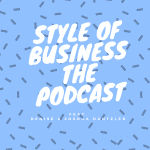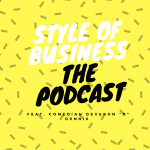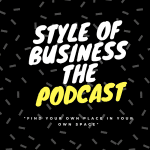Branding takes finesse. It takes a fine eye, an understanding of the market and a savvy account of what consumers really want. You would think well-established companies had these bases covered…but the sad truth is that everyone has a blind spot.
If there’s one thing you need to learn from other businesses, it’s what NOT to do. You’ll find you learn a lot more from someone’s branding disasters than their branding successes.
Gap’s Major Mistake
One thing that’s important to keep in mind is that iconic logos probably shouldn’t be altered or tampered with. In the case of fledgling businesses, pick a logo that works and stick with it.
Gap did exactly the opposite of that in 2010. Despite being a company with a logo that’s iconic to the brand, Gap decided that some change was necessary moving into the new decade. They swapped their white-text-on-blue-square logo for black text on a white background with a small blue box. The new look was dated and out of sync with their image. In the end, the disaster cost them big bucks.
Bust Buy
Another company with an iconic logo, Best Buy, tried to change their image up in 2008. You may not remember the new look simply because it lasted for only a few weeks. Switching from their black text/yellow price tag look to a more minimalist design didn’t actually fare well for the company. The new design was clunky and didn’t utilize space well.
The lesson to learn here is always be aware of your design skills. If you aren’t capable of designing a winning logo, look elsewhere and don’t be ashamed. If even companies like Best Buy can have graphic design misses, you’re allowed to have a few too.
I’m Not Even Sure
Intrigued by that subheading? You might be even more intrigued by the actual logo itself. Without reading the text, what kind of company do you think would inspire this kind of squid-like disaster?
The reality is that Cottbus is a German city. The city, looking to rebrand themselves, created a contest that awarded 800 euros to the winner. This was the design that was selected, though the city soon realized their mistake. They’ve since rebranded after Internet users turned their new logo into the newest meme. What can you learn from this? It’s simple: don’t make obviously bad decisions.
If it Ain’t Coke…
…don’t fix it. However, Coca Cola has attempted to do this multiple times. While their can design changes have been welcomed more often than not in recent years, the iconic beverage company has tried over and over again to sell a new formula of their drink.
If there’s one thing Coca Cola doesn’t need to adjust when it comes to branding, it’s their product. They have a winning recipe, but of course any brand as old as theirs will want to switch things up now and again. Your takeaway is this: know what should change and what should stay the same.










